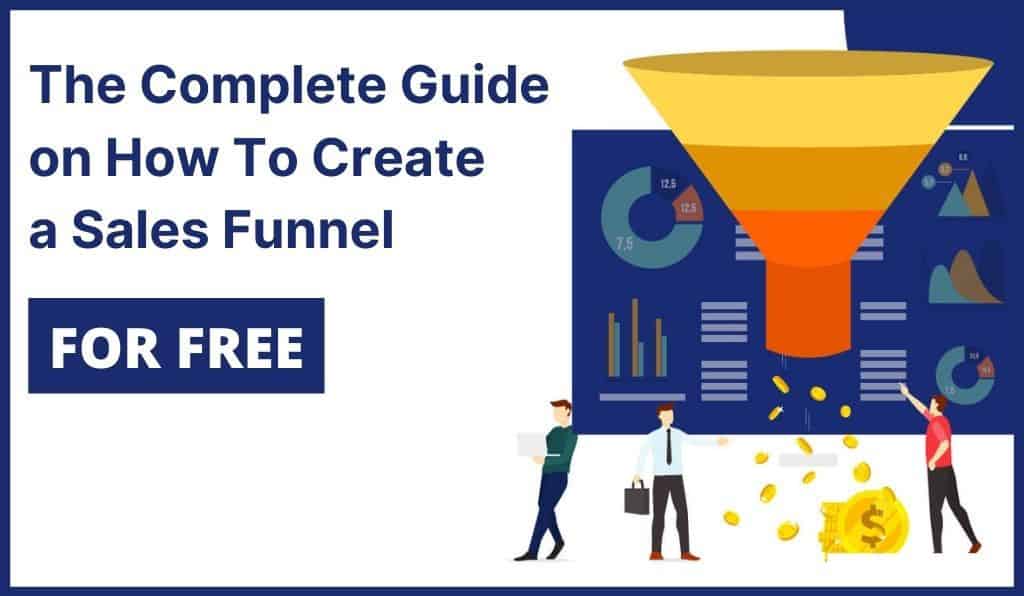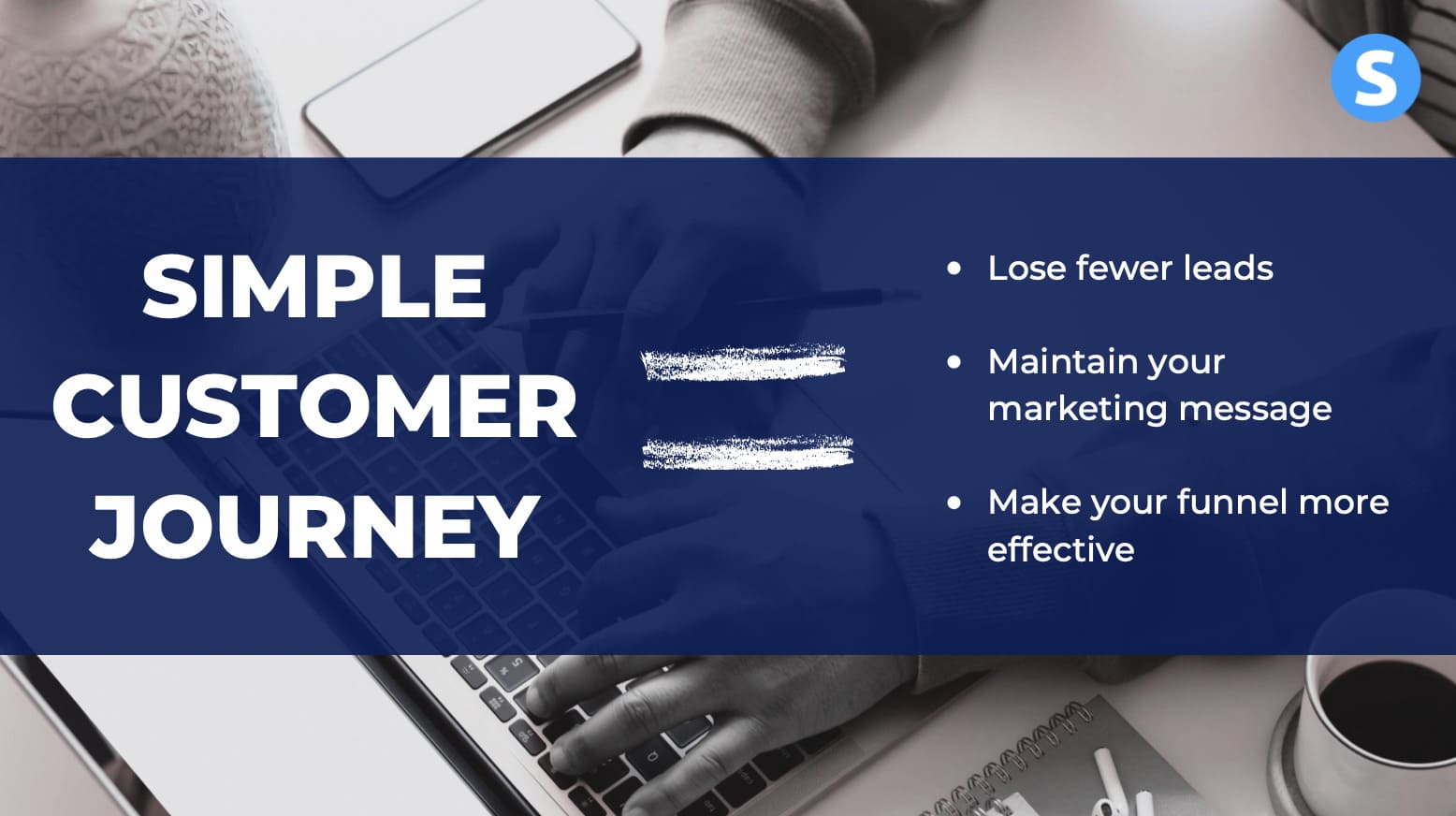Are you interested in affiliate marketing and looking for the best affiliate marketing funnel to increase your sales?
If yes, make sure you read this guide.
It might sound easy, but the hard work comes in when you need to convince consumers to buy your product.
Because of this, you need a proper strategy and plan before you promote it.
In this blog post, learn six top steps that will show you how to build a successful affiliate marketing sales funnel.
Want to know how to go about generating affiliate sales?
Let’s go.
1. Affiliate sales funnels 101
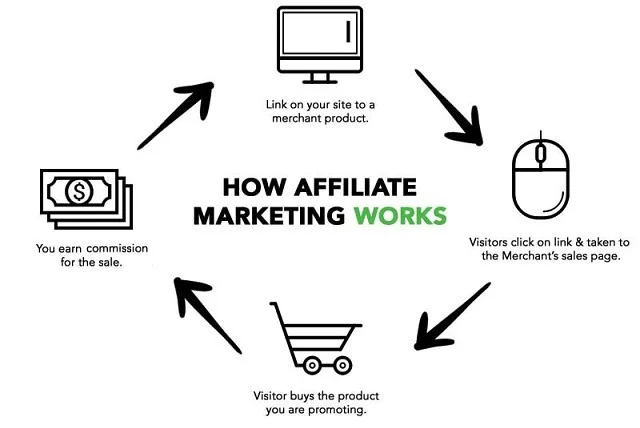
In affiliate marketing, a business signs up an individual or other companies (known as affiliates) to sell its products or services.
The affiliates are usually influencers or webmasters who use ads to promote and sell their products.
They are then paid a commission or referral fee based on their performance.
The measurements used to gauge performance are click, conversion, registration, and sale rates.
Affiliate Marketing With Sales Funnels
1.1. What are affiliate marketing sales funnels?
Firstly, take a look at what an affiliate sales funnel is.
Think of it as a journey that a consumer takes before purchasing a product or service.
It includes various steps that potential customers follow so that they can move towards purchasing the actual product (this generates your sales).
Sales funnels entice leads and help to sell your product or service.
Effective sales funnels:
- Provides customer value at each step
- Solves customer problems
- Maximize leads (actions taken by the visitor)
- Makes you a specialist in your field
- Gets you repeat business and earns buyer trust
2. Finding your niche
Affiliates often complain of not getting sales despite putting in hard work to promote products.
The reason for this is because they chose the wrong product.
Select a niche before choosing an affiliate product.
Go for a specialty that offers quality products and favorable commission rates.
Try not to make your decision based on what others are selling, higher commission rates, or popularity.
Finding an untapped niche is your best bet.
2.1. Characteristics of a good affiliate program
Solves Huge Pain Problems
Earn high commissions when promoting products that solve problems.
Jump at opportunities to promote these types of products because they are guaranteed to sell.
2.2.1. Recurring Commission
Choose affiliate products that offer lucrative and recurring commission.
When you sell a product with a recurring commission, you can get a commission for as long as the customer keeps using the product.
2.2.2. Suite
Select affiliate products that are a part of a suite.
This trick helps in boosting your income because a customer usually ends up buying all the products available in the suite.
Track Record
Conduct research based on product recognition and track record of the product developer.
The higher the brand recognition, the easier it is to sell a product.
If a potential customer trusts the brand, your job is easy.
2.3. Types of Affiliate Marketing Funnels
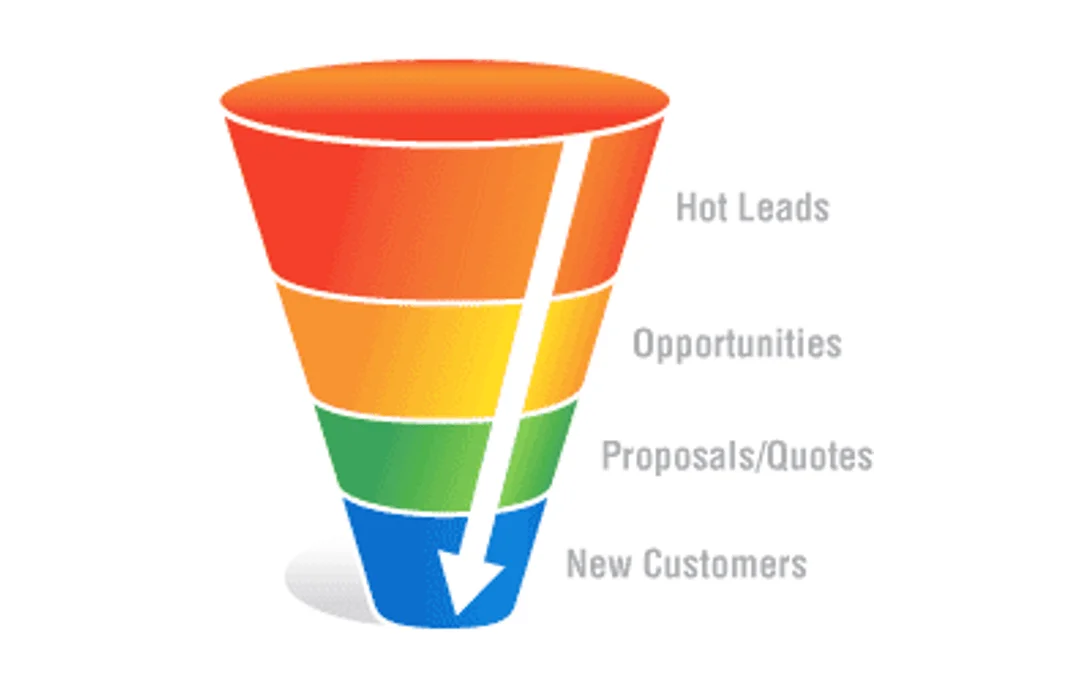
There are three main kinds of funnels you can use to promote affiliate products.
2.3.1. Course Funnels
Course funnels let you create low-priced courses which can attract customers to your main affiliate product.
It is a conversion boosting hack where you convince your customers to buy a small-priced course that supplements your main product.
There are several platforms like Teachable, Thinkific, Podia, etc. which allow you to host your courses and craft them strategically.
These platforms let you focus on marketing your courses without all the technicalities.
2.3.2. Webinar Funnels
A webinar funnel is all about attracting your target audience, inviting them to attend your free webinar, and then leading them towards the objective.
The objective can be to provide valuable training or to promote your product.
2.3.3. Book Funnels
Amid all the successful sales funnels, a free shipping book funnel works well, specifically when you have a limited acquisition budget.
The trick here is by providing the physical books for free and charge only for shipping.
2.4. Lead generation

To successfully run a sales affiliate program, pay attention to the following:
2.4.1. Traffic Source
Your traffic will be one of two types:
- Organic traffic– it comes from those who try to find answers to their queries using search engine results. Search engine optimization (SEO) helps to rank high in organic search results.
- Paid traffic emanates from visitors who click on advertisement links paid for by businesses.
There are two types:
- Push traffic – targets audiences based on their online behaviors. Example: Facebook Ads.
- Pull Traffic – this is when a customer already knows what they are looking for. Traffic from Google or Youtube ads is an example of pull traffic.
2.4.2. Opt-in Page
Opt-in or landing pages are the first impressions of your website.
The purpose of these pages is to make the visitors take action – be warned, this is a make or break feature for most customers.
Well designed opt-in pages must :
Showcase authority
Customers enjoy purchasing goods from authoritative sources.
Build your authority in your niche by selling products that are of good quality and by providing honest opinions.
Contain elements of Scarcity
We all want what we can’t have.
Provide limited time offers on your products and ask your customers to take quick actions.
Social Proof
Use elements like testimonials, case studies, and reviews to enhance your credibility.
Integrations
Make use of apps to integrate and automate manual processes. These apps connect almost every web app/service and allow you to automate your entire workflow.
A/B Split Test
A/B split testing lets you know which titles, headings, keywords, or emails work best for your funnel and increase conversions.
Create different versions of your landing page and test them out to see which ones get the best conversion rates.
2.4.3. Offer and Follow-up
Offer your product in such a way that it addresses problems and provides solutions.
Once a customer has bought your product or a prospect has clicked the call-to-action button, you now have them on your mailing list.
You can now take control and provide value to them using a series of emails or other means.
In your correspondence, move your customers further up the funnel and stay in touch with them.
Message them regularly so that your business stays top of mind
3. Build your affiliate sales funnels in 6 steps
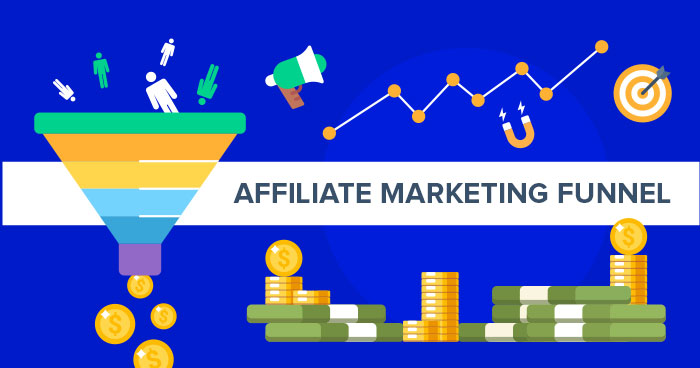
So, by this stage, you should have a clear understanding of the workings of an affiliate sales funnel.
The next 6 simple steps will help you to execute your plan.
Step One: Clarify your target market.
Concentrate your focus so that you build out your funnel to be relevant to a core marketplace.
Ask yourself questions like :
- What do you know about them?
- What things do they care about?
- What are their hopes and aspirations?
- What are their key frustrations and pain points?
The biggest mistake most markets make is to have a too broad and vague audience.
Step Two: Define your end goals
What do you want your prospect to do after going through your funnel?
Do you want them to buy specific products?
Or, is there something you want them to purchase during a webinar?
The end goal helps you to see the project in its entirety.
Step Three: Map out a journey
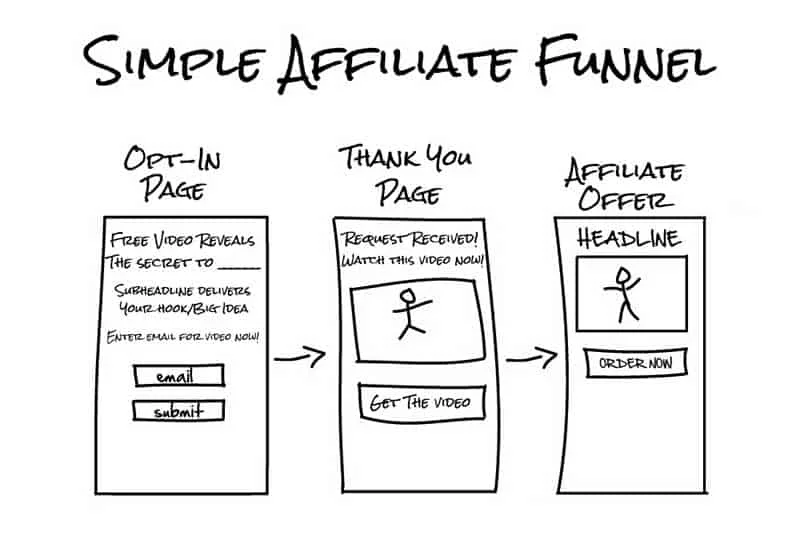
How are you going to walk your prospect through the funnel logically and emotionally?
And, how do you make sure you have the best odds of getting them (in large numbers) headed in your direction?
Your core pathway must address both the logic and the emotion to get your prospects to your result.
Map this process in a flowchart that shows all the steps and along the way.
Think of each arrow between the two boxes as a conversion point that you can track.
Step Four: Create your written funnel and build a plan of action.
Arrange your plan into steps of importance and by timeline.
Include things like marketing collateral you might need, web landing pages that need to be wire-framed and built out, and database work to build in funnel automation.
Step Five: Build out your funnel and test it.
After you complete the build-out plan and finish the funnel, make sure you test it out to fix any bugs.
Step Six: Launch your funnel and track your results.
Over time you will notice which steps along the way of your funnel need more attention to optimize.
Never try to fix and refine your funnel in one go.
Pick one conversion point at a time and implement a sequence of improvements.
This cyclic approach works because it’s both doable and time-sensitive.
4. Conclusion
So, before selecting a sales funnel for your next affiliate marketing campaign, it is better to understand your affiliate product first.
Different sales funnels are best for different niches and work in their own way.
If you’re looking for a robust, all-round marketing platform,
